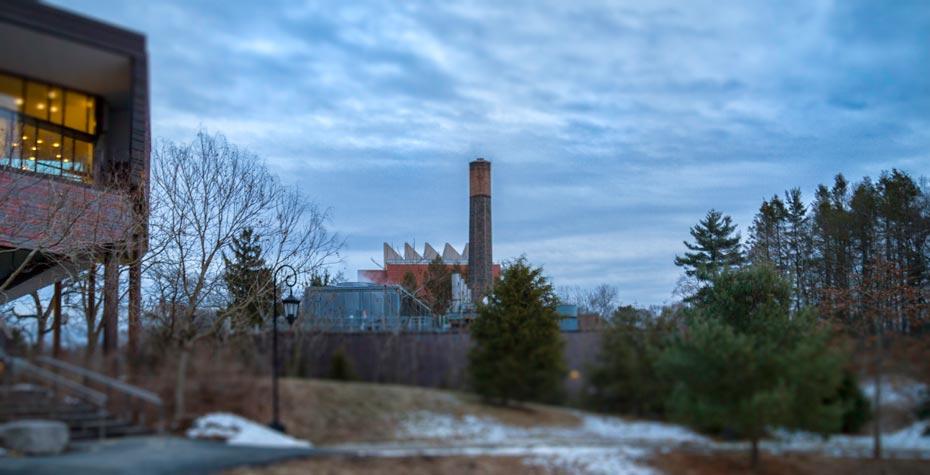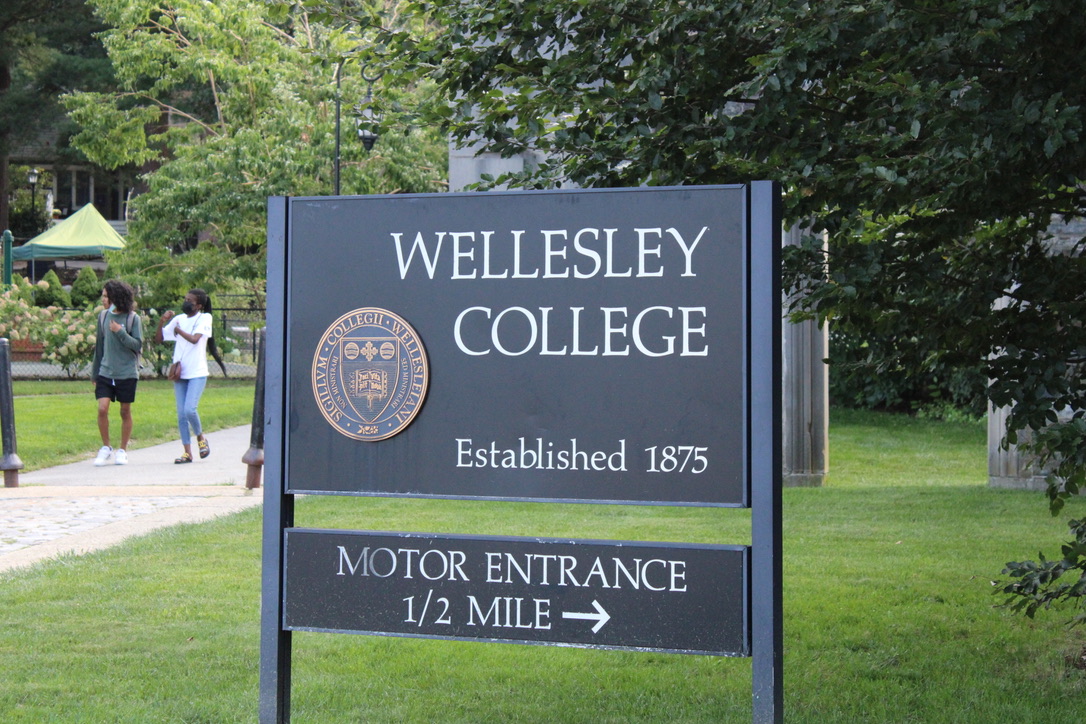On Oct. 29, President Paula Johnson announced to the school that the Power4Women Committee, a group composed of six trustees, the President, the CIO, one environmental studies professor, one economics professor, the assistant vice president of facilities management, the president of Melroy-Hollett technology partners and one Environmental Studies student, released a new plan for sustainability at the college. Although the group is called Power4Women, only seven members of the group are in fact women, while the other eight are men. Every member, however, is a stakeholder in the College’s energy choices.
The new plan outlines what President Johnson calls “a significant step” towards carbon neutrality at Wellesley. Among other things, the College will spend $6 million to improve energy efficiency in campus buildings, and make significant changes to where we are getting our energy. It will replace the College’s steam absorption chiller plant, which uses the production of heated steam to provide cooling, with a more efficient electric chiller plant. Additionally, the school’s on-campus natural gas electricity generators (one of which is currently broken) will be decommissioned, and the school will make what is currently an emergency policy into an official one by continuing to partner with Wellesley Municipal Light and Power to provide the college with electricity. Johnson’s announcement reads, “We will accelerate ongoing discussions with potential partners to increase production of energy from renewable sources, such as wind and solar power.” Professor of Environmental Studies Jay Turner, the Environmental Studies representative on the Power4Women Committee, notes that it is not sourcing renewable electricity that is the issue, but finding sustainable ways to heat and cool Wellesley’s buildings.
“The biggest challenge we face isn’t how we source electricity; it is how we heat and cool our buildings,” Turner explained. “Right now we burn natural gas to create steam [in the steam absorption chiller plant]. While it is easy to switch to renewable sources of electricity, switching to more sustainable technologies for heating and cooling buildings is the big challenge Wellesley faces if we are going to reach carbon neutrality.”
This new plan will reduce the college’s emissions by 37 percent compared to 2010 baselines, and is projected meet the previously set 2026 energy goals by 2021. “This multipart energy initiative is a first step only. We recognize that this critical work is ongoing, and that we must maintain focus and commitment to achieve our objective of carbon neutrality,” Johnson wrote in her announcement. “To that end, I would like to announce that the Power4Women task force will be reconstituted as E2040, a new working group of the Board of Trustees that will build on the momentum and work of Power4Women to develop the longer term plan to achieve carbon neutrality.” She did not specify who the members of E2040 would be.
On Nov. 8, less than two weeks after this plan was launched, the latest massive ecological disaster occurred. Wildfires spread across southern California, killing dozens. For many, this disaster has thrown the need to drastically cut down on carbon emissions into sharper relief, re-enforcing the UN Intergovernmental Panel on Climate Change’s report that to avoid total catastrophic climate collapse by 2030, large-scale changes must be made.
Despite the fact that Wellesley’s new plan, as announced by the Power4Women committee, does make some strides towards full renewable energy for the college, it does not transition the school fully away from fossil fuels. The student activist groups Environmental Action (EnAct) and Renew Wellesley circulated a petition to move the school toward full renewable energy by 2040 this past spring, and re-circulated that petition — with the addendum that, while they recognize this past week’s plan as an important step, it is not enough — after the announcement of the Power4Women Committee’s plan.
Anna Beyette ’21, the student representative on Power4Women and a leader of EnAct, says that a goal of full renewable energy is what the college should be working for. “While this is an ambitious goal, I think it is possible for the college to at least be carbon neutral by 2040,” Beyette said in an email. “Environment America, a national organization that helps colleges and local governments to achieve renewable energy goals suggests a goal of renewable electricity by 2030 and a goal of all renewable energy by 2050. If the college starts planning and working now, I think it is possible for us to make huge strides in terms of renewable energy by 2040.” She added that the current plan is not set in stone, and that if the college is truly committed to being a responsible institution in a world rapidly feeling the effects of global warming, they will begin to act towards more ambitious goals quickly.
“The current plan is only a first step,” Beyette said. “If Wellesley really is committed to a goal of carbon neutrality or eventual fossil fuel free energy consumption, more ambitious plans need to be decided upon and acted upon quickly.” Claire Hayhow ’21, a member of Renew Wellesley, agreed that moving beyond this plan is urgent.
“I think it is so important we move towards a more ambitious development plan because this is a social justice issue,” she said. In addition, Hayhow explained, student activists here at Wellesley have the chance to make our school into a model for others. “There are so many students this year that have been affected by terrible flooding or fires or hurricanes. This is just a start to what climate change is going to look like, and it is going to hit marginalized groups the hardest. By no means is what Wellesley could do going to solve climate change. However, we can raise the bar to show other privileged institutions like ours where we need to be headed.”






